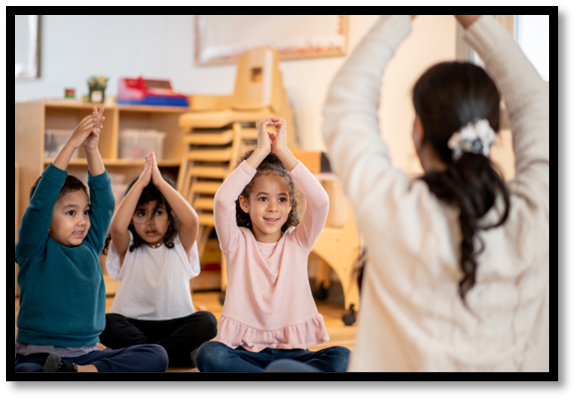By the time a child is 4 years old, how many words do you think he or she has heard at home? Two child psychologists, Betty Hart and Todd R. Risley, from the University of Kansas wanted to know exactly that, so they conducted a research study on oral language development in homes. What they found was astonishing. There was a huge gap between children whose parents provided rich language experiences (talking to children, singing, reading, etc.) – they heard about 45 million words – and children who grew up in impoverished language experience homes – they heard about 13 million words. That is a gap of over 30 million words ! That gap presents a problem for classroom teachers across the country in today’s high-stakes educational environment.
Research has shown over and over again, listening informs reading, while speaking informs writing; if you cannot do one, you will struggle to do the other. Many schools today have implemented great reading and writing programs but have found that there is a piece of the literacy puzzle missing for children. That missing piece is ORAL LANGUAGE. If a child’s oral language does not match book language, that child will struggle to become a reader and writer.
Stephen Krashen, a respected linguist and researcher in the fields of second-language acquisition and bilingual education, conducted highly regarded research in the area of oral language development. He found that, “In all successful language teaching methods, the focus is on the message and not on the form, on what is being said, rather than how it is said.” And to that end, we want children to be exposed to oral language that will help them communicate in a meaningful way.
Let’s take a look at how GrapeSEED works
THROUGH REPETITION AND WITH GRADUAL RELEASE
As teachers of reading and writing, we know that children will not be able to read a sentence on their own unless they are able to repeat that same language pattern or expression that they heard. Through repeated exposure to songs, stories, chants, big books, poems, and action activities, students will take on the oral language patterns used in these teaching tools. Research has shown that students need about 20 repetitions or exposures in order to master the patterns and expressions.
GrapeSEED teachers use the Gradual Release of Responsibility Model to teach oral language. At first teachers model correct language and pronunciation and then the children join in and “share” with the teacher. By the end of the 20 exposures, the children will be able to sing and say all of the songs and stories on their own!

TEACH SKILLS IN THE CONTEXT OF CONTINUOUS TEXT
Letters and sounds, high frequency words, concepts about print… these are all skills that children need to know in order to become readers and writers. However, in isolation, learning these skills will not help children make sense of text. These skills and others need to be taught through the use of continuous text in order to build meaning for children. GrapeSEED’s phonogram cards, phonogram word cards and poems used in tandem, as well as with our big books, provide the perfect shared reading experience to teach these skills in context.
More in Part 2…coming soon!




Ready to Start Your Journey?

6425 Living Place
Suite 200 #1021
Pittsburgh, PA 15206
Tel: 800-449-8841
Email: contact.us@grapeseed.com
© 2024 GRAPESEED INTERNATIONAL PTE. LTD.
